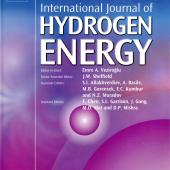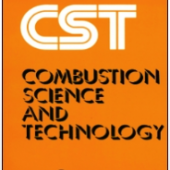Effect of equivalence ratio on knocking tendency in spark ignition engines fueled with fuel blends of biogas, natural gas, propane and hydrogen
This research evaluates the effect of the equivalence ratio on knocking tendency in two Spark Ignition (SI) engines fueled with gaseous fuels. A Lister Petter TR2 Diesel engine(TR2) converted to SI was used to evaluate the equivalence ratio effect when the engine was fueled with fuel blends of biogas, natural gas, propane, and hydrogen. A Cooperative Fuel Research (CFR) engine was used to study the effect of equivalence ratio on the Critical Compression Ratio (CCR) which is a metric to evaluate the knocking tendency of gaseous fuels.



